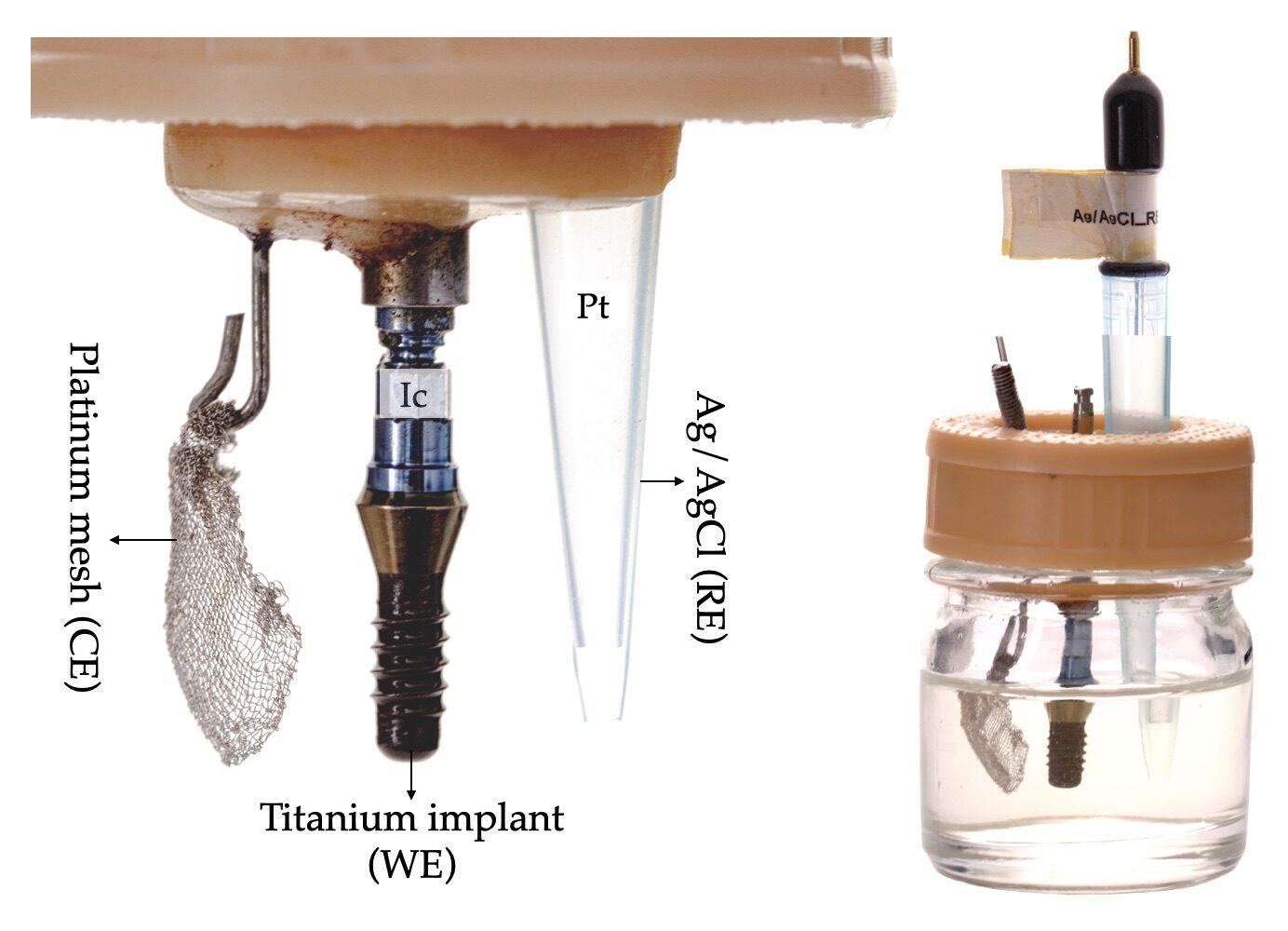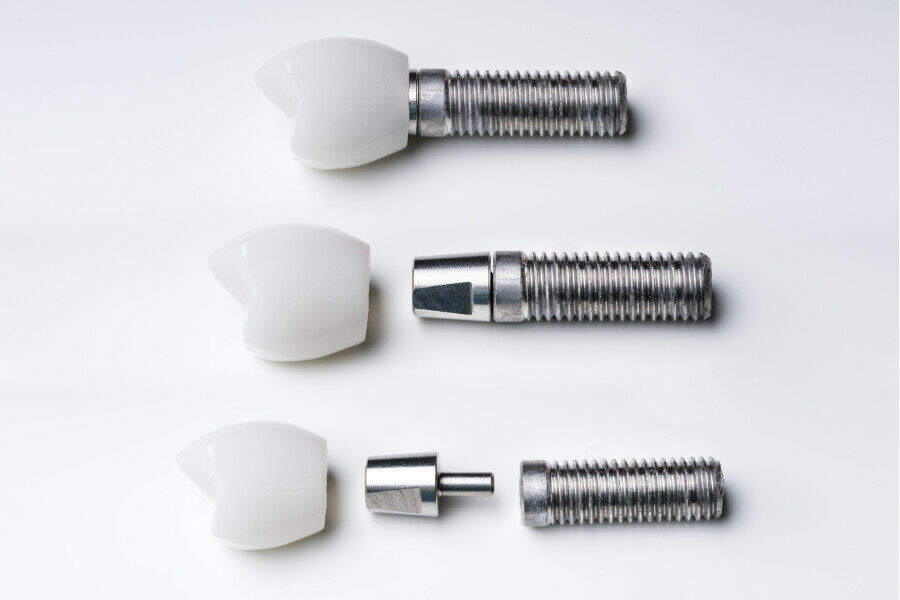From batteries to oral health: electrochemistry as an ally in the fight against implant infections
A study led by Complutense University of Madrid (UCM) and the Electrochemical Processes Unit at IMDEA Energy has shown that the science developed to optimize energy storage and conversion systems can also be applied in the field of healthcare.
Specifically, the team has designed an innovative procedure to eliminate bacteria in dental implants through the combined use of low-intensity electric currents and a conventional desinfectant such as chlorhexidine.
The work, published in Clinical Oral Implants Research, addresses a highly revelant clinical problem: peri-implantitis. This condition affects millions of people with dental implants and is caused by the accumulation of bacterial biofilms that are highly resistant to traditional treatments. These microbial colonies adhere strongly to the titanium surface of implants, limiting the effectiveness of common chemical or mechanical methods.
The researchers’ proposal consists of applying small electric currents directly to the implan surface while simultaneously using an antimicrobial agent such as chlorhexidine. This phenomenon, known as the bioelectric effect, destabilizes bacterial biofilms and facilitates the penetration of the disinfectant.
The results are very promising: the new method achieved a reduction of more than 96% in bacterial biofilms, even in hard-to-reach areas where conventional treatments are less effective. Moreover, since it relies on low-intensity currents, the procedure is safe and does not cause adverse effects on surrounding tissues.

Interdisciplinary Science: From Energy to Biomedicine
What makes this breakthrough particularly striking is its interdisciplinary nature. Many of the tools employed, from electrode design to the precise control of electric currents, are commonly used in the field of energy storage, where researchers study materials for lithium, sodium, or supercapacitor batteries.
Transferring this knowledge to the field of dentistry opens up new avenues of collaboration between energy science and health sciences.
This work is a clear example of how research in energy technologies can lead to innovative solutions for public health. Electrochemistry, most often associated with batteries and electrolyzers, also shows enormous potential in medical applications, from disinfection to tissue regeneration.
With this approach, the research not only provides a new tool agains peri-implantitis but also demonstrated the value of transferring technologies across strategic sectors such as energy and biomedicine.



